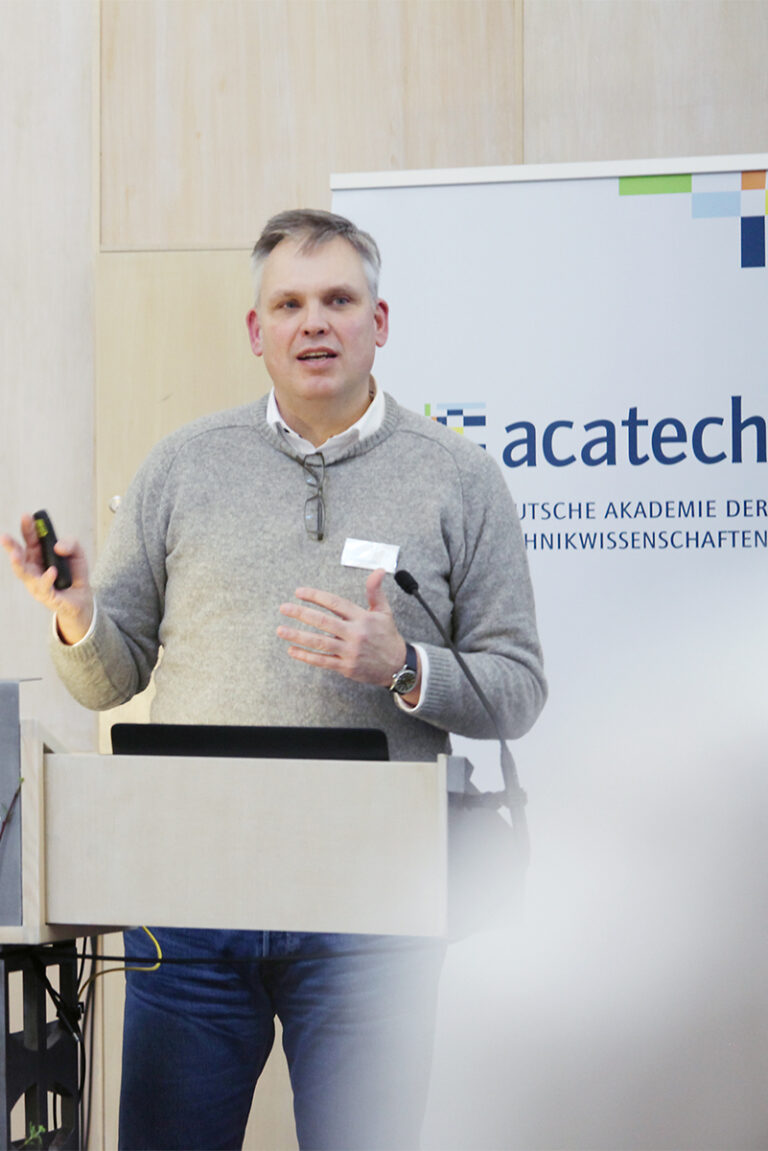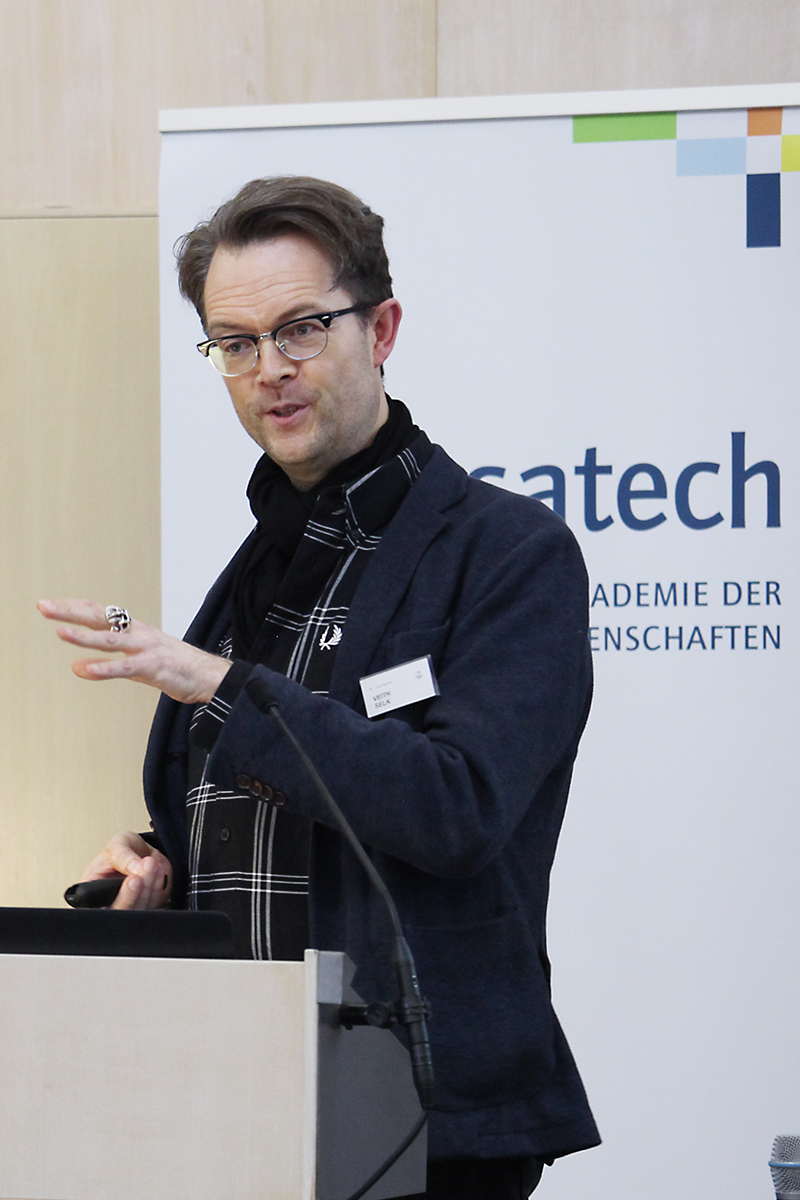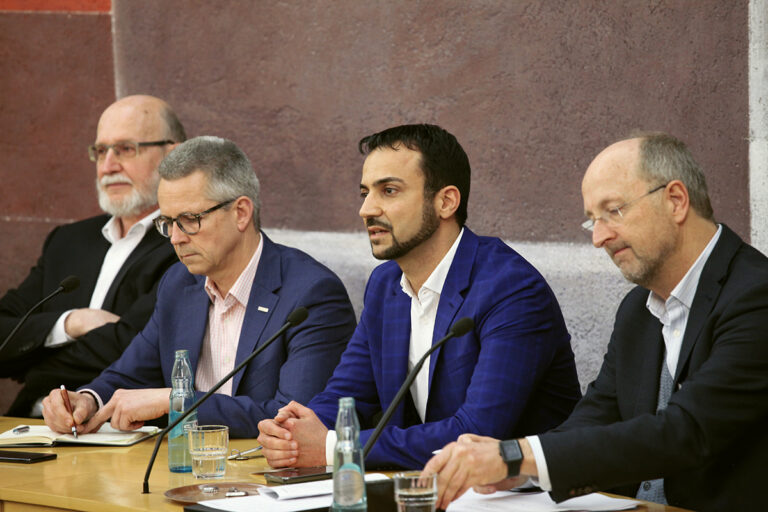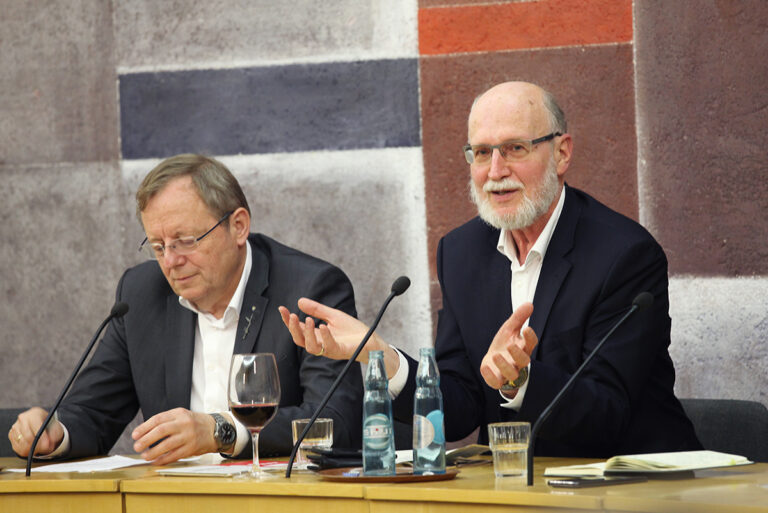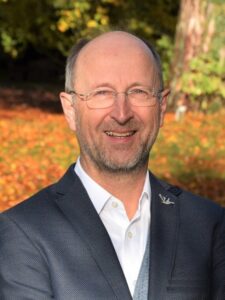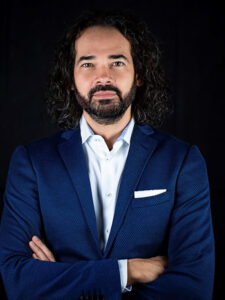Energy transition: Where does Germany stand?
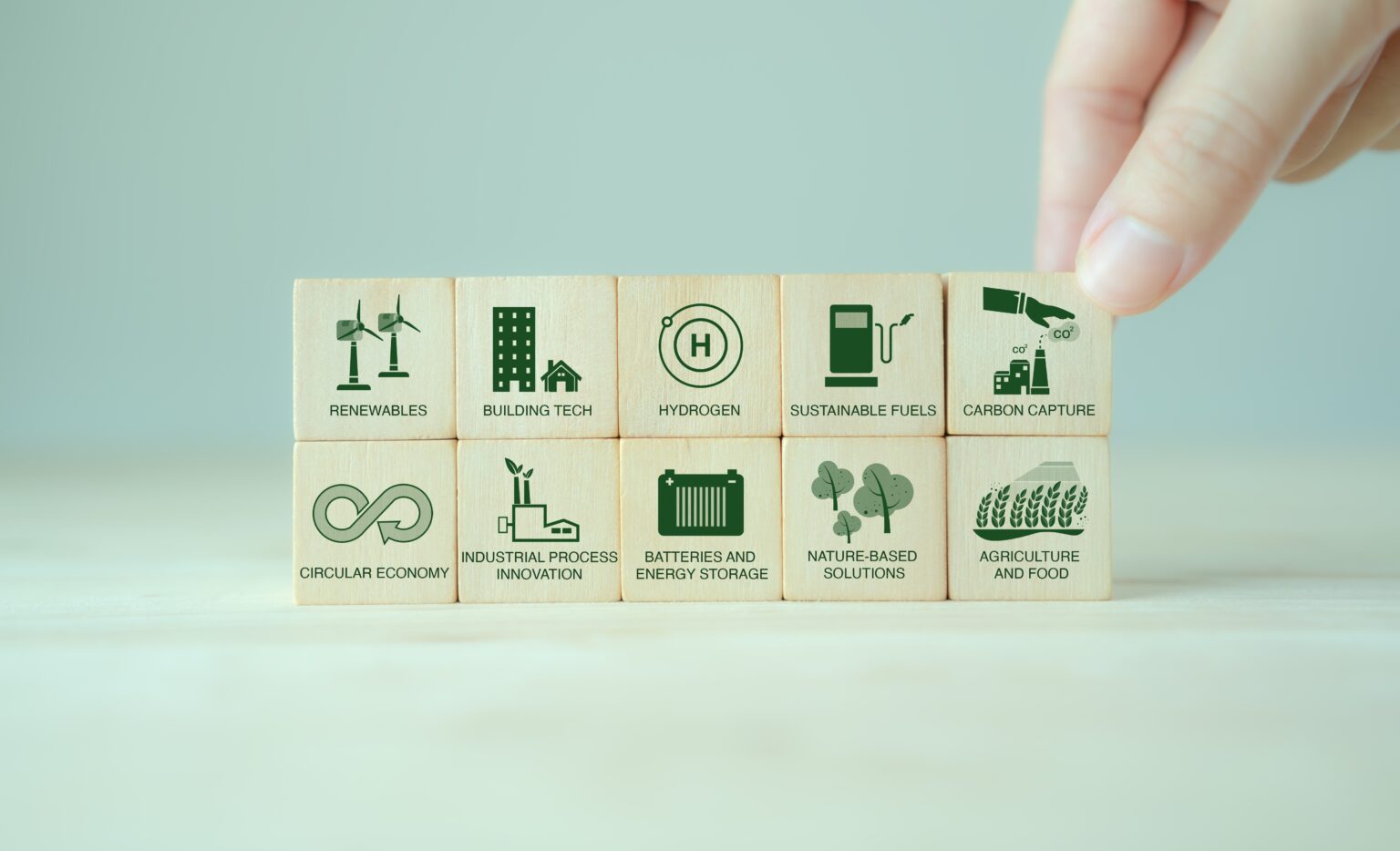
Munich, 18 March 2024
Germany wants to become climate-neutral by 2045. If 80% of electricity demand is to be covered by renewable energies by 2030, this will require a transformation of the energy system. At a joint event organized by the Evangelische Akademie Tutzing and acatech on March 4 and 5, around 60 participants discussed the energy transition. They focussed on the progress made so far and the potential of new technologies. It quickly became clear that the success of the energy transition will also depend on whether citizens are adequately involved in the discourse and decision-making processes.
After a welcome address by the Deputy Director of the Evangelische Akademie Tutzing, Hendrik Meyer-Magister, acatech President Jan Wörner directly addressed social participation: “The active involvement of citizens is a key element for the success of the energy transition,” he stated. At the same time, he made it clear that the energy transition is one of many currently proclaimed turnarounds, such as the infrastructure transition or the mobility transition. The framework conditions for this are particularly challenging because they are all taking place in times of crisis.
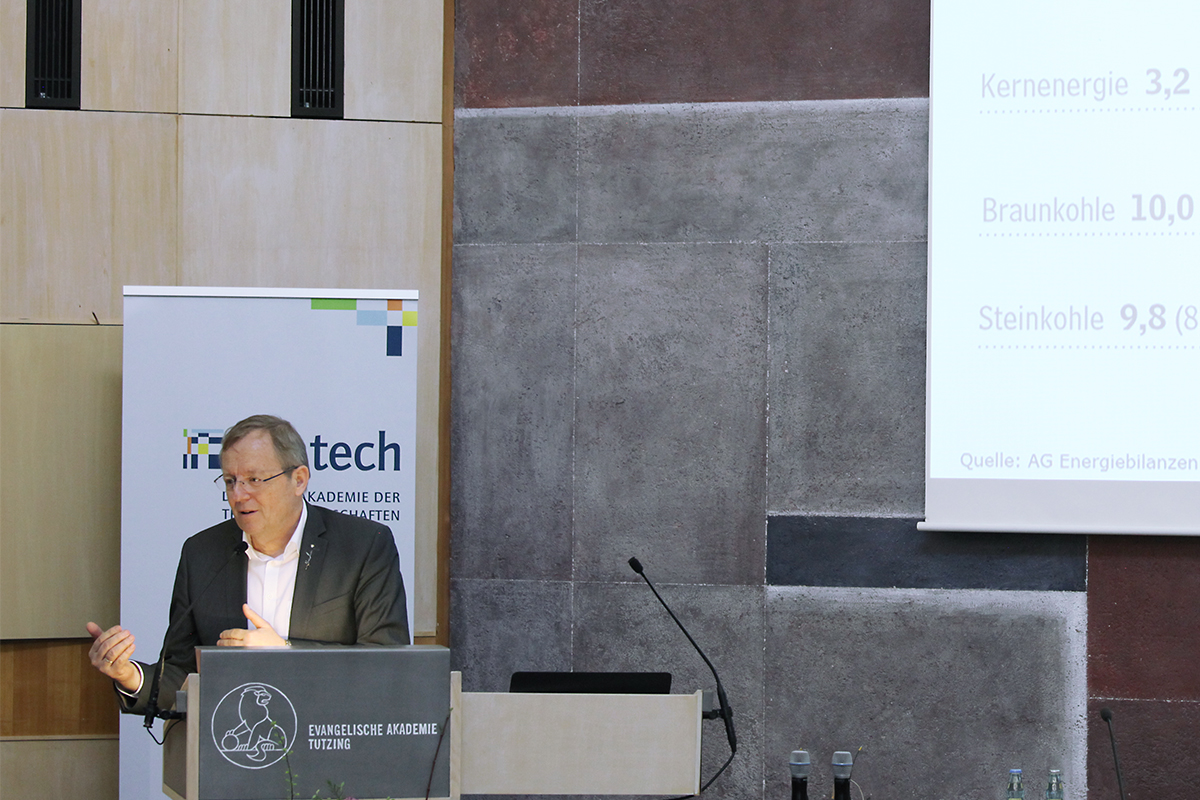
Providing infrastructure for the use of technologies
acatech member Dirk Uwe Sauer followed on from Jan Wörner’s assessment by providing an overview of the current status of the energy transition. The Professor of Electrochemical Energy Conversion and Storage Systems Technology at RWTH Aachen University described the transformation as drastic: the aim is to defossilize the energy system and make it more networked in the future. To speak of “decarbonization” is too short-sighted, he said, as carbon will continue to be a central element of sustainable economic activity.
In the future, electricity will become the primary energy source from which all other sectors will be supplied with great efficiency, Sauer explained: from hydrogen production to the heating sector. The conditions for this are in place, functioning technologies such as photovoltaics, wind power, batteries and hydrogen production are available – as are the concepts for digitalization.
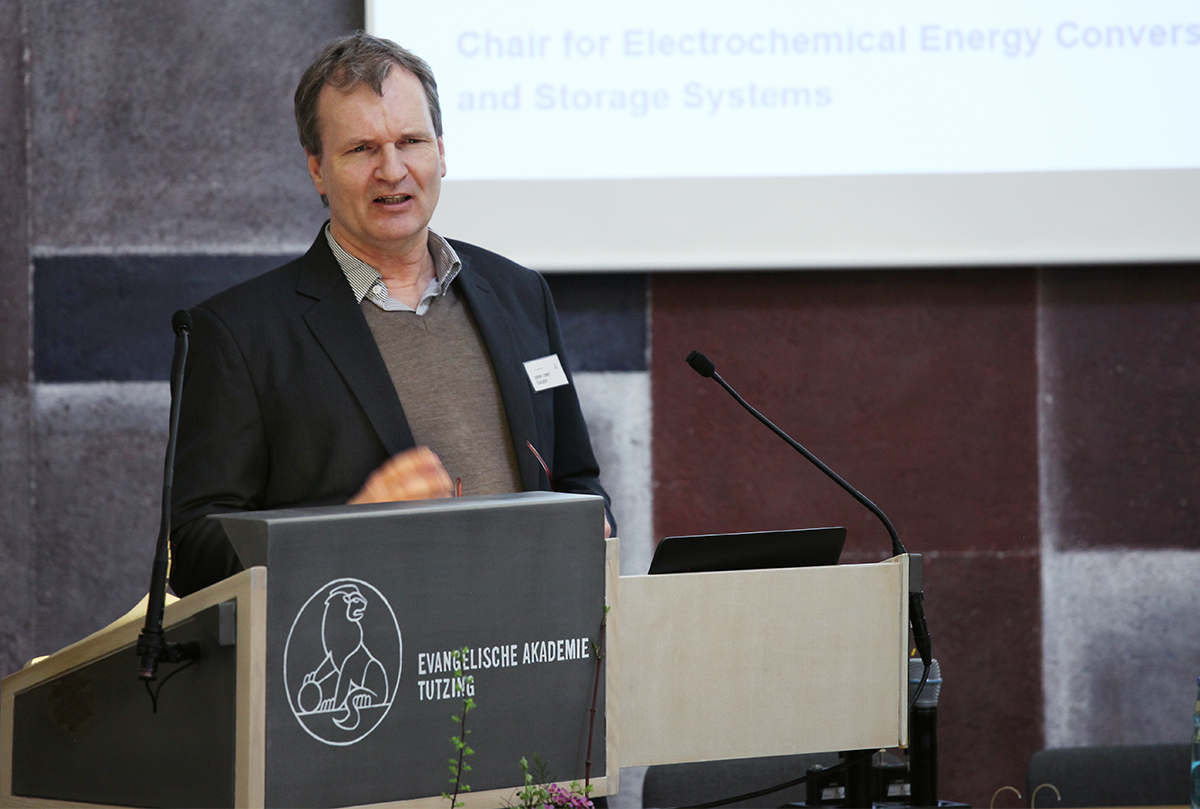
What is needed is sustainable infrastructure: for example, long-term storage facilities that protect against dark doldrums, power lines and a hydrogen infrastructure. In addition, it is crucial to include the circular economy and implement digitalization with determination. For this to succeed, we need to focus on positive narratives and active participation and avoid populism, says Dirk Uwe Sauer.
From poly-crisis to poly-disappointment?
Political scientists Veith Selk and Jörg Kemmerzell from TU Darmstadt placed the challenges of the energy transition in a social context characterized by a growing scepticism towards democracy.
The prevailing poly-crisis is also creating poly-disappointment among people, especially in the middle class. From a global perspective, a wave of autocratization can also be observed: systems that are already autocratic are becoming even more so, while others are developing into autocracies.
New geopolitical conflicts are also significantly changing the agendas. In addition, there is increasing polarization, which manifests itself in party platforms or demonstrations, for example. Democracy as an institutional framework is therefore in growing tension with the accelerated developments and time pressure caused by climate policy targets.
European electricity market: only district roads, no highways?
How can a European electricity market be designed? This question was posed by Justus Haucap, Director of the Düsseldorf Institute for Competition Economics at Heinrich Heine University and acatech member. Many challenges need to be overcome – for example, how to achieve security of supply, low prices and thus also competitive security.
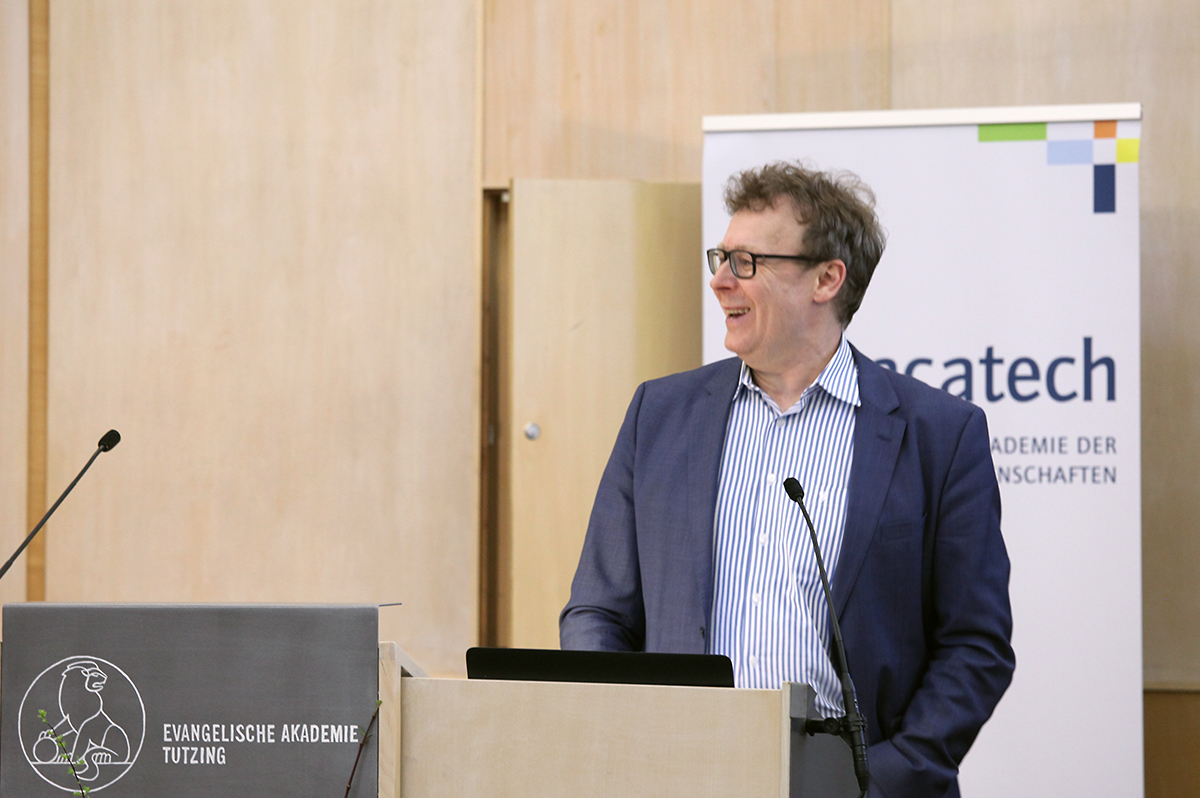
There is no European electricity market in the true sense of the word, but rather individual national markets. The reason for this lies in the cross-border interconnection points between the countries, the dimensions of which are not sufficient for the exchange of large quantities of energy. His assessment of possible options for action: The distribution grid is now a marketplace. Many European countries already have models in which both feed-in and offtakers pay fees. The structure of the grid fees would have to be adapted in the direction of a platform model.
Panel discussion: Flexibility in the electricity market
The first day of the conference concluded with a panel discussion moderated by Marc-Denis Weitze (Head of Communication Society, acatech). The panel discussed the role that flexibility will play in the energy system of the future. Munib Amin (E.ON Energie Deutschland) explained that the tried-and-tested electricity market design is still working well at the moment, but that the expansion of flexibility is also important here. Christian Essers (Wacker Chemie) provided insights into the scope for electricity-intensive chemical industries. Plants are generally not built larger than necessary – this limits the possibilities for flexibility. Unlike in other energy-intensive sectors, overproduction is not feasible due to the process.
According to Hans Ulrich Buhl (former Chair of Business Administration, Business Informatics, Information and Financial Management at the University of Augsburg), regulation in particular is a challenge that stems from the times of base load power plants. acatech President Jan Wörner finally illustrated that the German Academy of Science and Engineering already reflects the flexibility discussed in the work on the energy transition projects. The various project priorities such as hydrogen imports from Australia (HySupply), Energy Systems of the Future (ESYS), Industrie 4.0, mobility (in German) and fusion power served as examples.
Energy transition and molecular transition for the transformation
The second day focused on hydrogen and nuclear fusion as exemplary future technologies. Frithjof Staiß (Center for Solar Energy and Hydrogen Research Stuttgart) illustrated the future significance of hydrogen with the fact that almost every country now has its own hydrogen strategy.
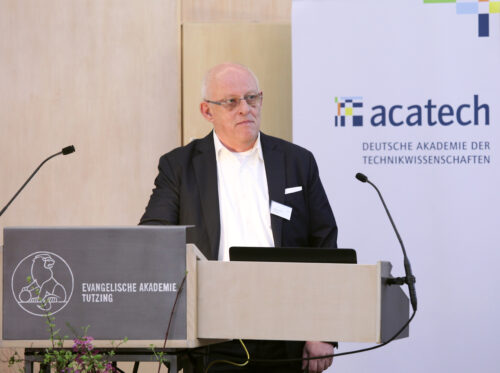
However, the motives for this varied – many of the strategies were strongly driven by value creation, job creation and securing the future. The market volume of the hydrogen markets is still comparatively small, but this will soon change. A considerable investment impulse would be needed to build up the structures in order to achieve the necessary industrial production capacities.
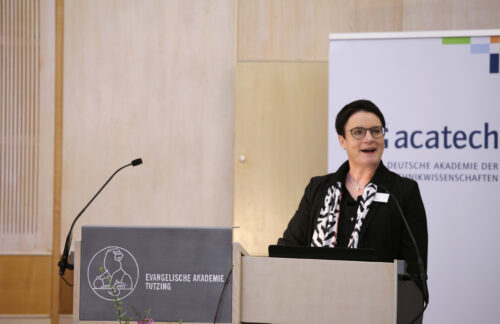
Delia Stelzer from the Gunvor refinery in Ingolstadt went on to explain the industrial perspective. She pointed out that hydrogen has long played a role in industrial processes – in refineries, for example. In the future, green hydrogen could find a place here.
The example of HyPipe Bavaria – a project that is to lay the foundation for a Bavarian hydrogen network – shows how determinedly the topic is being driven forward. This could also be the starting signal for a regional hydrogen ecosystem. Transformation, Delia Stelzer concluded, is the result of energy transition plus molecular transition – i.e. the switch from molecules based on coal, oil and natural gas to “green” molecules.
Fusion – a technology with staying power is increasingly becoming the focus of investors
Frank Jenko, Head of the Tokamak Theory Department at the Max Planck Institute for Plasma Physics in Garching, explained how nuclear fusion can be an answer to the rapidly growing global demand for energy. Fusion is a type of nuclear energy similar to nuclear fission, but with numerous advantages over it.
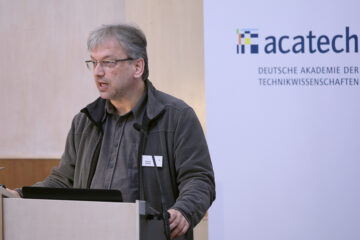
Dependencies could be avoided, as the source material deuterium, for example, is available in almost unlimited quantities. In addition, Jenko explained, fusion power plants do not produce any long-lived radioactive waste or greenhouse gases.
In the past, the promotion of fusion technology had been too timid. However, a rapidly developing start-up ecosystem is showing the growing private funding that is enabling promising developments.
Milena Roveda used the example of Gauss Fusion to illustrate the prospects of these start-ups. Until now, fusion technology has been in public hands, but now investors are getting involved. She expects the big moment for fusion technology to come in the second half of the century.
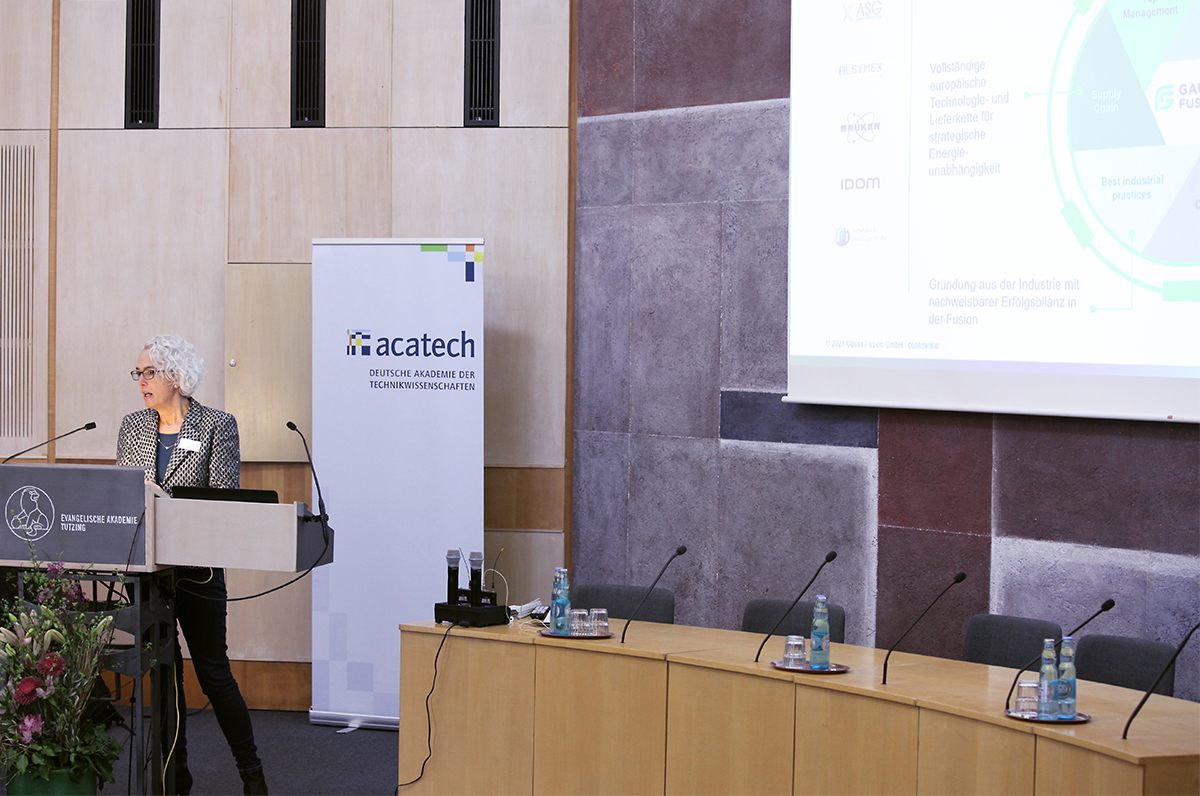
However, the course for this must be set today. There are currently around 140 players active in the market, but this will consolidate: mergers are to be expected in the near future. She put her forecast for the potential in the European fusion market at 100 to 200 fusion power plants.
Options vs. guard rails
Numerous participants took part in the final discussion, which was moderated by Stephan Schleissing, Head of the “Ethics in Technology and Natural Sciences” program area at the TTN Institute at Ludwig Maximilian University in Munich. They discussed social acceptance of the energy transition and how it can be achieved. The energy transition is often perceived as unfair due to the challenging prospects for the future.
On the one hand, the art lies in achieving the goals without constraints: Various options in the energy system could be offered and people should make the decision themselves. On the other hand, major infrastructural decisions require the guidance of science and politics. We will be able to assess the extent to which this interaction is successful in a few years’ time.


